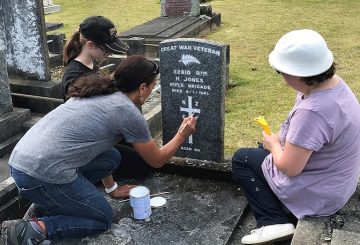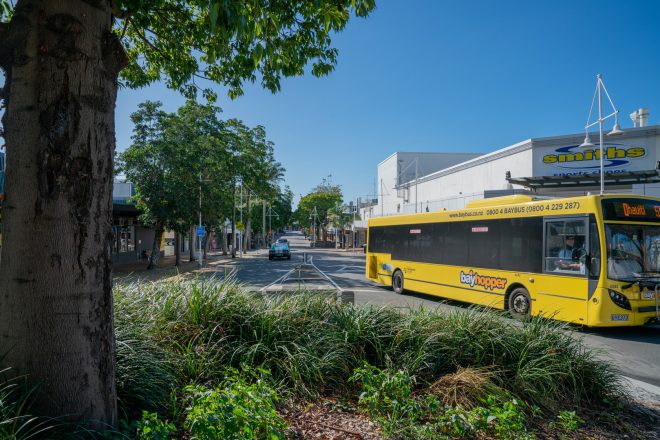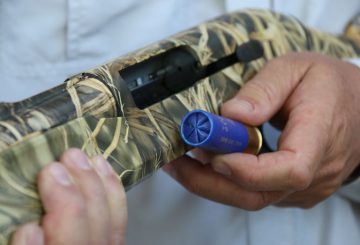베이 오브 플렌티 지역 협의회는 타우랑가 버스 네트워크 변경 제안에 대해 대중의 의견을 구하고 있다고 발표했습니다.시의회는 현재의 대중 교통 자원을 보다 효율적으로 사용하고 버스 여행을 더 쉽게 만들어 도시 및 교외 지역 여행을 개선하는 것을 목표로 합니다.공개 협의 절차는 4월 28일까지 제출할 수 있습니다.
지역 위원회 교통 계획 관리자인 올리버 헤이콕 (Oliver Haycock) 은 효과적인 대중 교통 시스템이 타우랑가의 성장에 중요한 역할을 한다고 말했다.그는 제안된 변경 사항에는 고객이 직면한 알려진 문제를 해결하고 수요를 충족하기 위한 버스 노선 및 서비스 조정이 포함된다고 덧붙였습니다.헤이콕 씨는 또한 새로운 1번 국도 서비스를 제안의 흥미로운 요소로 강조했습니다. 이 노선은 하버 브리지를 건너 마운트 마웅가누이로 향하기 전에 카메론 로드 (Cameron Road) 전체를 운행할 예정입니다.
타우랑가 버스 네트워크 개편은 2021년 11월에 시작되었으며, 다음 단계에서는 마투아, 오투모에타이, CBD, 그리튼, 파이스 파, 레이크스/타우리코, 오하우이티, 웰컴 베이 등 타우랑가 서부 및 남부 노선을 개선하는 데 중점을 두고 있습니다.시의회는 보다 편리한 여행 선택을 제공하기 위해 특정 버스 서비스에 대한 피드백을 요청하고 사람들이 온라인, 대면 또는 우편을 통해 의견을 공유하도록 장려하고 있습니다.
지역 의회는 버스 정류장 및 대피소의 배치 또는 제공에 대해 책임을 지지 않지만 인프라와 관련된 모든 의견은 타우랑가 시의회에 전달되어 검토될 것입니다.공개 협의를 거친 후 피드백을 분석하여 제안서에 통합하고 업데이트된 네트워크 설계를 2023년 6월에 공유할 예정입니다.협의회는 그 이후에 구현 계획을 세울 계획입니다.
자세한 내용은 제안된 변경 사항을 요약한 상담 책자를 위원회 웹사이트에서 확인할 수 있습니다.제출은 온라인, 방문 또는 우편으로 할 수 있습니다.시의회 직원은 바쁜 버스 정류장에도 상주하여 대중에게 정보를 제공할 예정입니다.






























































